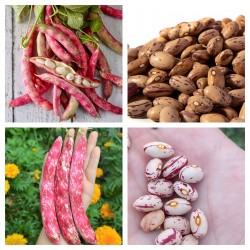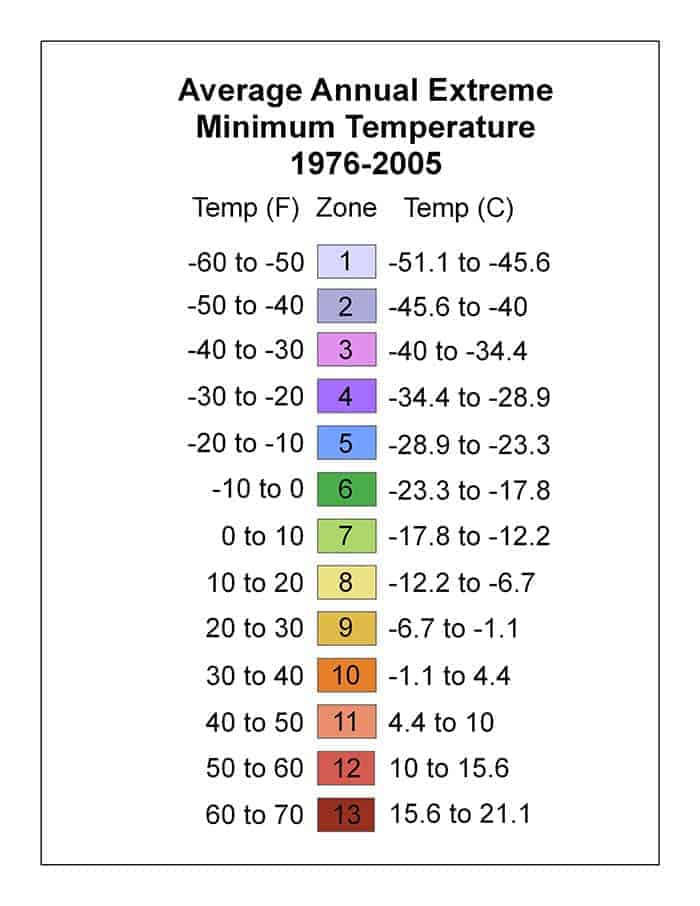- -15%








 Reviews (2)
Reviews (2)Auch dies Saat ist in einem Einwandfreien Zustand hier angekommen . Bin sehr zufrieden
Auch dies Saat ist in einem Einwandfreien Zustand hier angekommen . Bin sehr zufrieden